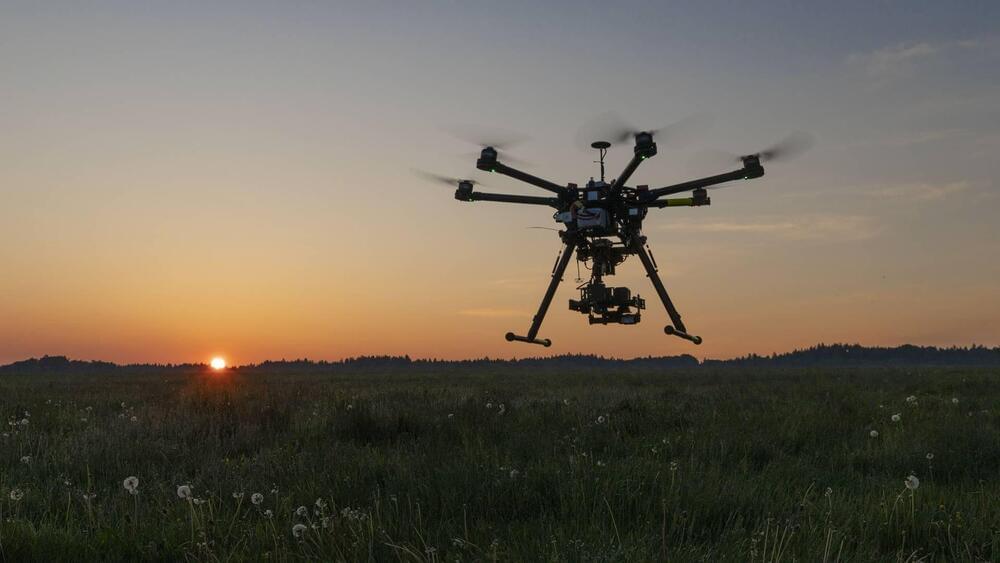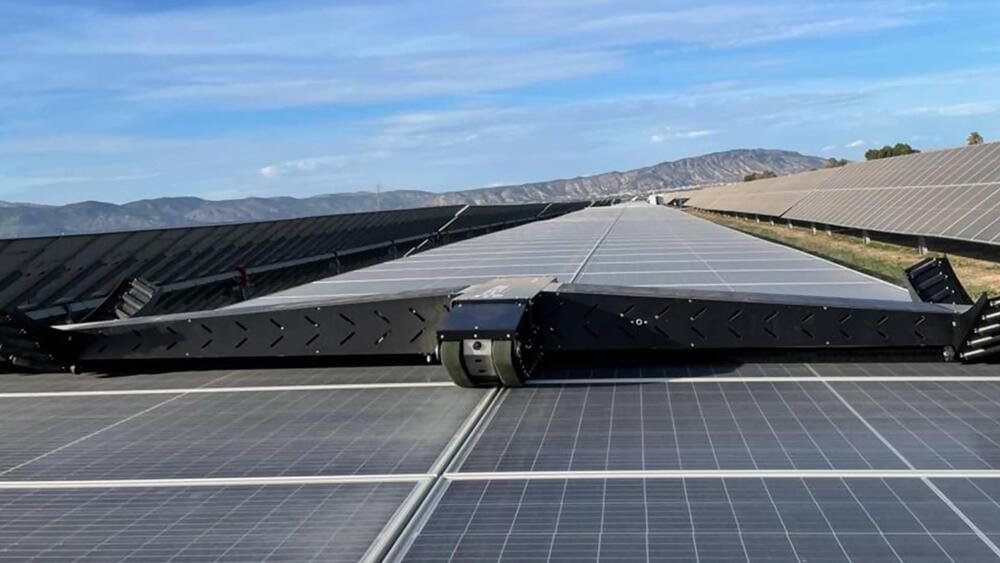Turtles migrate thousands of miles out in the open ocean, charting epic courses in search of food, mates, and nesting grounds. Exactly how they find where they’re going has long puzzled scientists who suspected magnetic fields were involved, but were unsure of the exact mechanism through which turtles were sensing it.
We’ve since learned that turtles appear to recognize magnetic signatures of locations, such as the beach on which they hatched where females will later return to lay their own eggs. We know the magnetosphere is in constant flux, and turtle nesting sites have been found to shift in tandem, so how is it that they’re able to make sense of this invisible force?
Some answers to this question were revealed in a study that looked at the way snapping turtles can tell north from south, in a phenomenon known as spontaneous magnetic alignment. It was once thought to be a rare trait in the animal kingdom, but as Professor John Phillips from the Department of Biological Sciences at Virginia Tech told IFLScience, this is no longer the case.







